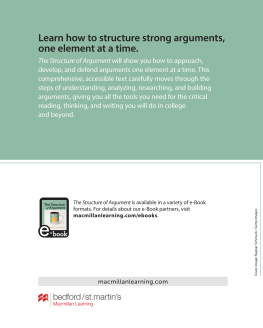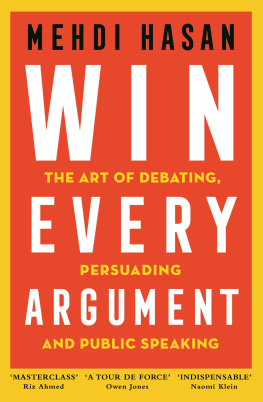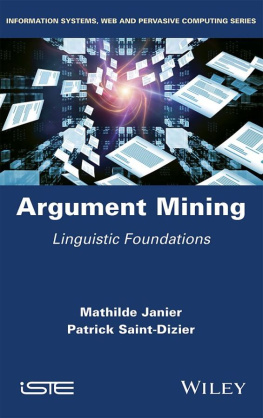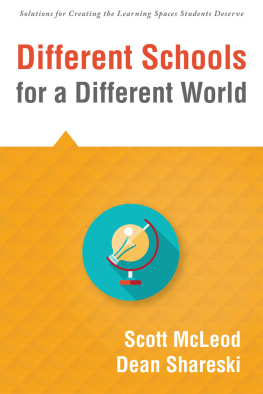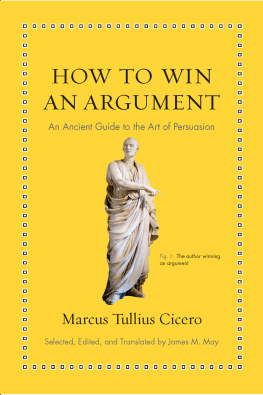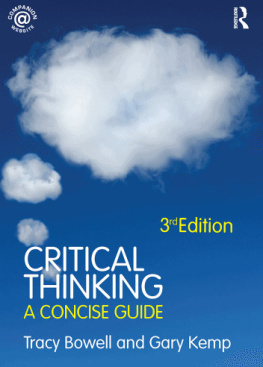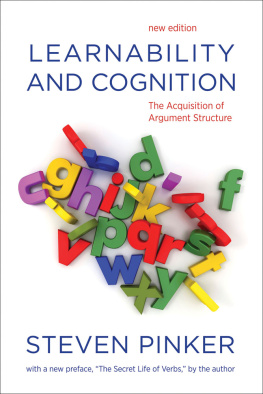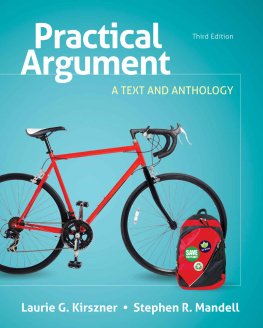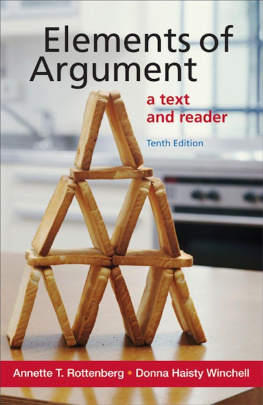Contents
Landmarks
List of Illustration
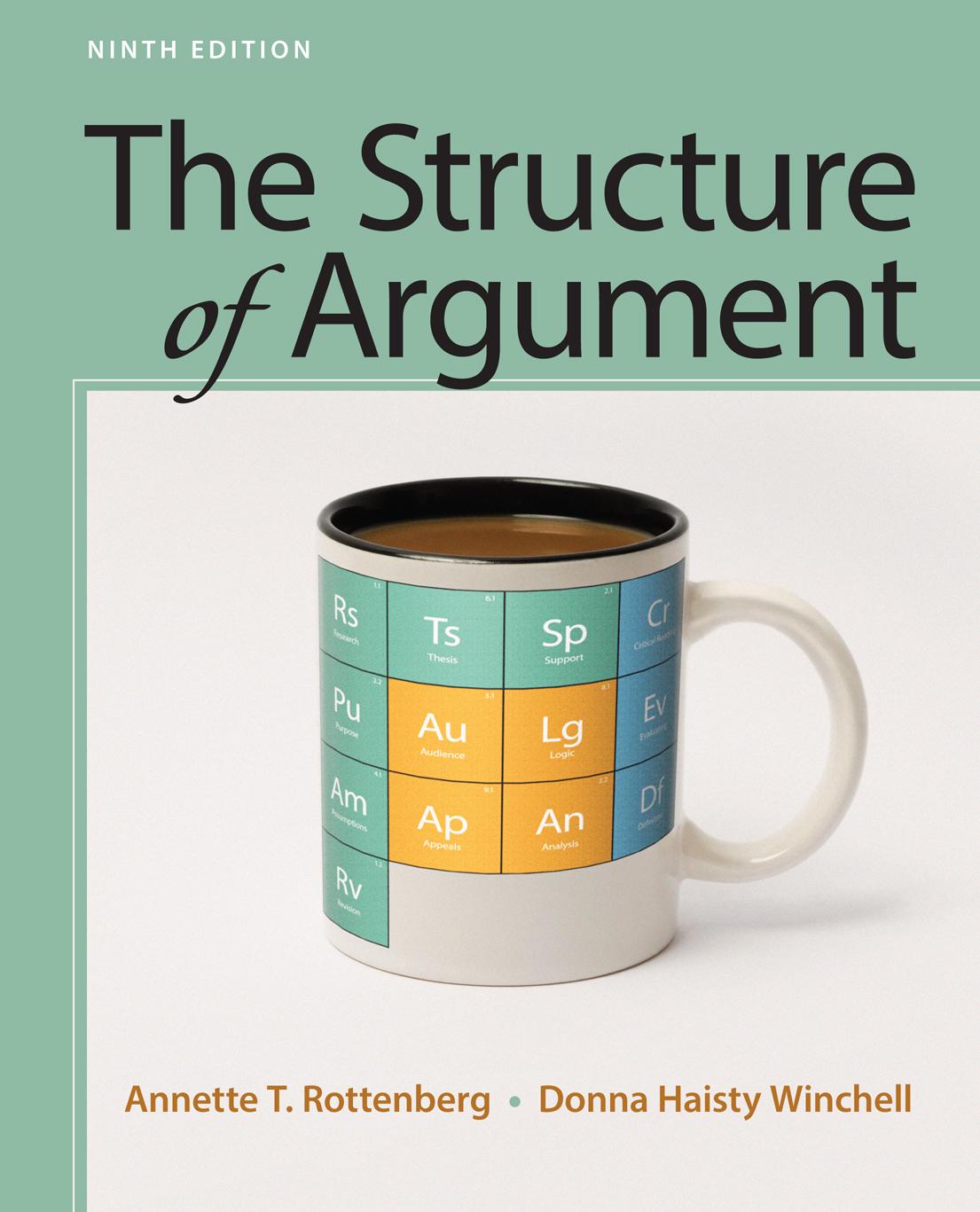
The spine of the book reads, Rottenberg. Winchell. The Structure of Argument. Ninth Edition. bedford st.martins.
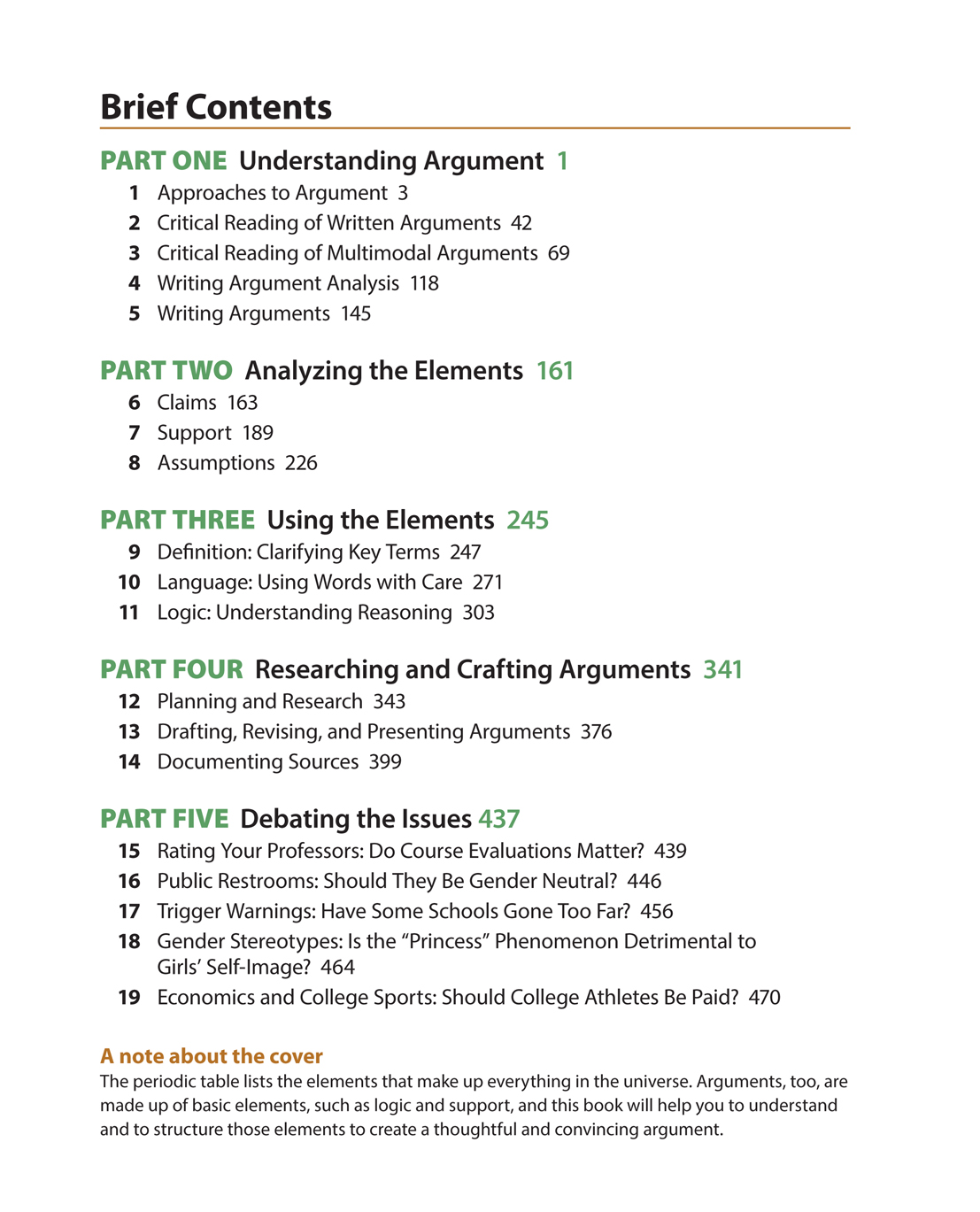
Brief Contents
PART ONE Understanding Argument 1
1 Approaches to Argument 3
2 Critical Reading of Written Arguments 42
3 Critical Reading of Multimodal Arguments 69
4 Writing Argument Analysis 118
5 Writing Arguments 145
PART TWO Analyzing the Elements 161
6 Claims 163
7 Support 189
8 Assumptions 226
PART THREE Using the Elements 245
9 Definition: Clarifying Key Terms 247
10 Language: Using Words with Care 271
11 Logic: Understanding Reasoning 303
PART FOUR Researching and Crafting Arguments 341
12 Planning and Research 343
13 Drafting, Revising, and Presenting Arguments 376
14 Documenting Sources 399
PART FIVE Debating the Issues 437
15 Rating Your Professors: Do Course Evaluations Matter? 439
16 Public Restrooms: Should They Be Gender Neutral? 446
17 Trigger Warnings: Have Some Schools Gone Too Far? 456
18 Gender Stereotypes: Is the Princess Phenomenon Detrimental to Girls Self-Image? 464
19 Economics and College Sports: Should College Athletes Be Paid? 470
A note about the cover
The periodic table lists the elements that make up everything in the universe. Arguments, too, are made up of basic elements, such as logic and support, and this book will help you to understand and to structure those elements to create a thoughtful and convincing argument
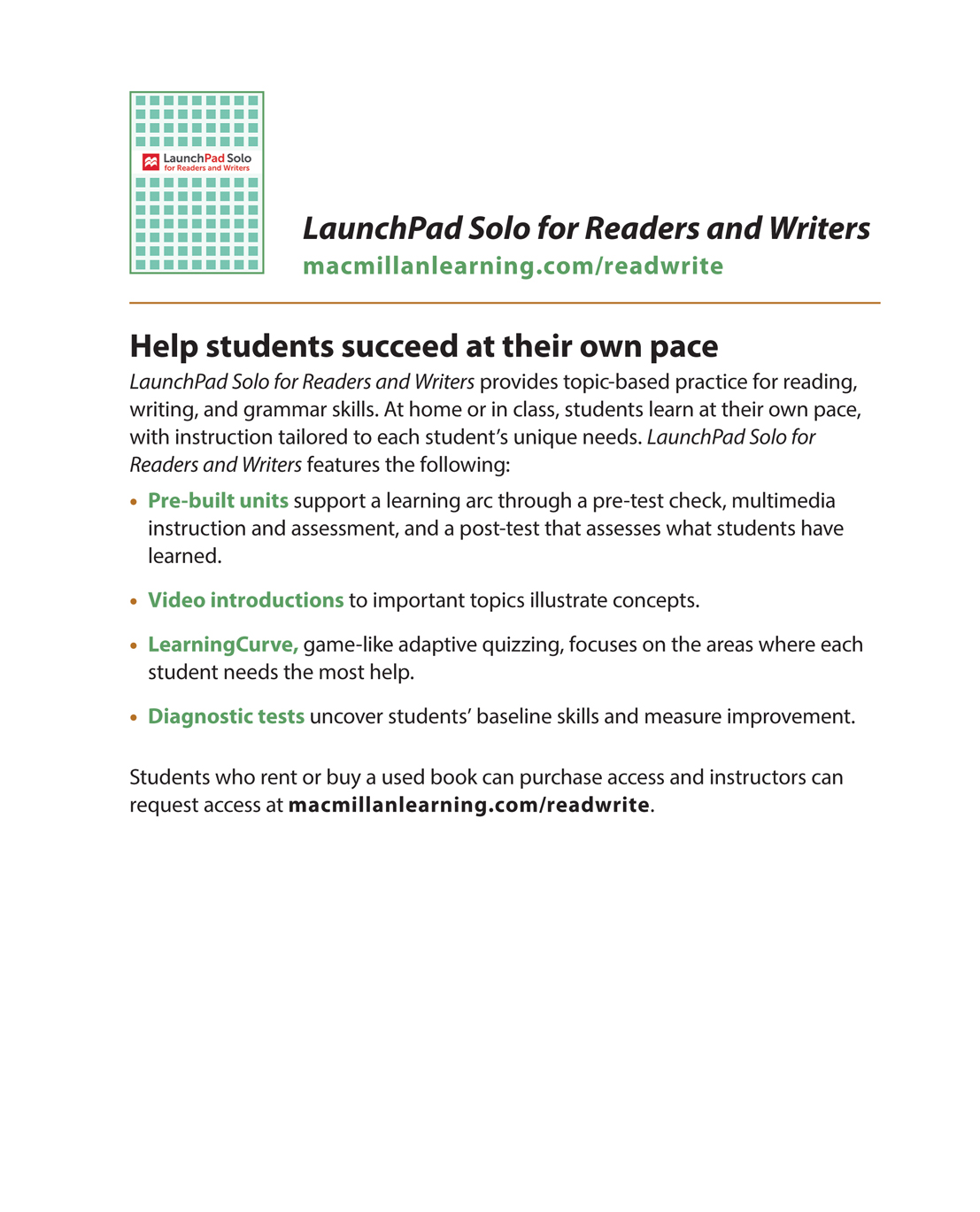
LaunchPad Solo for Readers and Writers
macmillanlearning.com/readwrite
Help students succeed at their own pace
LaunchPad Solo for Readers and Writers provides topic-based practice for reading, writing, and grammar skills. At home or in class, students learn at their own pace, with instruction tailored to each students unique needs. LaunchPad Solo for Readers and Writers features the following:
Pre-built units support a learning arc through a pre-test check, multimedia instruction and assessment, and a post-test that assesses what students have learned.
Video introductions to important topics illustrate concepts.
LearningCurve, game-like adaptive quizzing, focuses on the areas where each student needs the most help.
Diagnostic tests uncover students baseline skills and measure improvement.
Students who rent or buy a used book can purchase access and instructors can request access at macmillanlearning.com/readwrite.

Text on the back cover page reads, Learn how to structure strong arguments, one element at a time. The Structure of Argument will show you how to approach, develop, and defend arguments one element at a time. This comprehensive, accessible text carefully moves through the steps of understanding, analyzing, researching, and building arguments, giving you all the tools you need for the critical reading, thinking, and writing you will do in college and beyond.
Below the text an e-book reader shows the front cover of the book followed by text, The Structure of Argument is available in a variety of e-Book formats. For details about our e-Book partners, visit macmillanlearning.com/ebooks.
Macmillan logo is shown, followed by text Bedford/st.martins. Macmillan Learning. At the bottom right corner of the cover, is a bar code. ISBN: 978-1-319-05662-9 and the number 90000 is shown above the bar code. The number 9781319056629 is below the bar code.
NINTH EDITION
The Structure of
ARGUMENT
Annette T. Rottenberg
Donna Haisty Winchell
Clemson University

For Bedford/St. Martins
Vice President, Editorial, Macmillan Learning Humanities: Edwin Hill
Senior Program Director for English: Leasa Burton
Program Manager: John E. Sullivan, III
Marketing Manager: Joy Fisher Williams
Director of Content Development: Jane Knetzger
Developmental Editor: Alicia Young
Senior Content Project Manager: Kerri A. Cardone
Senior Workflow Project Manager: Lisa McDowell
Production Supervisor: Robert Cherry
Media Project Manager: Rand Thomas
Editorial Services: Lumina Datamatics, Inc
Composition: Lumina Datamatics, Inc.
Text Permissions Researcher: Elaine Kosta, Lumina Datamatics, Inc.
Photo Researcher: Richard Fox, Lumina Datamatics, Inc.
Permissions Editor: Angela Boehler
Permissions Assistants: Claire Paschal, Allison Ziebka
Design Director, Content Management: Diana Blume
Text Design: Lisa Buckley
Cover Design: William Boardman
Cover Art/Cover Photo: Ragnar Schmuck / Getty Images
Copyright 2018, 2015, 2012, 2009 by Bedford/St. Martins
All rights reserved. No part of this book may be reproduced, stored in a retrieval system, or transmitted in any form or by any means, electronic, mechanical, photocopying, recording, or otherwise, except as may be expressly permitted by the applicable copyright statutes or in writing by the Publisher.
210987
fedcba
For information, write: Bedford/St. Martins, 75 Arlington Street, Boston, MA 02116
ISBN 978-1-319-17114-8 (EPUB)
Acknowledgments
Text acknowledgments and copyrights appear at the back of the book on , which constitute an extension of the copyright page. Art acknowledgments and copyrights appear on the same page as the art selections they cover.
Acknowledgments and copyrights appear on the same page as the text and art selections they cover; these acknowledgments and copyrights constitute an extension of the copyright page.
Preface
Purpose
One look at todays headlines is all it takes to see that every American citizen needs to be able to think critically about what is going on in the nation and in the world. Biased reporting slants the news, and it is hard even to discern what is fact. More than ever, people of conscience need to be able to take a stand and articulate a position.
College has long been a place where values and beliefs are tested. Exposure to new ideas and new perspectives is a part of coming of age. A course in argumentation is a place where students can learn the tools to critically examine the ideas they come in contact with. It is also a place where they can learn to construct their own arguments in defense of what they believe.
In order to get our students really thinking critically about argument, we have to get them to slow down and practice the art of critical reading and listening. We have to provide timely, accessible readings, we have to get them to analyze sustained argumentative discourse, and we have to give them a vocabulary to be able to talk about it. The vocabulary we use in this text incorporates Aristotles ancient rhetoric, the stasis theory questions, Carl Rogerss notion of common ground, and Stephen Toulmins three principal elements of argument: claim, support, and assumption (warrant). In addition, we present the concepts of definition, language, and logic as critical tools for understanding and responding to arguments.

